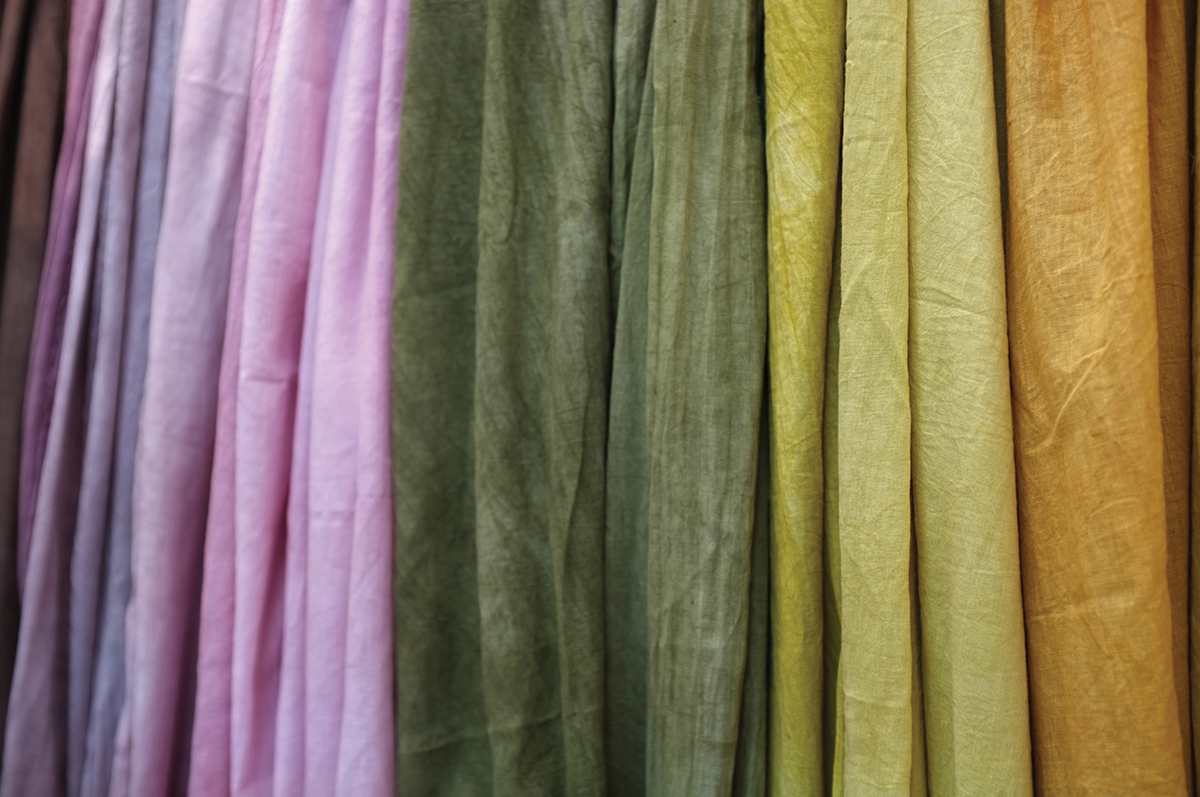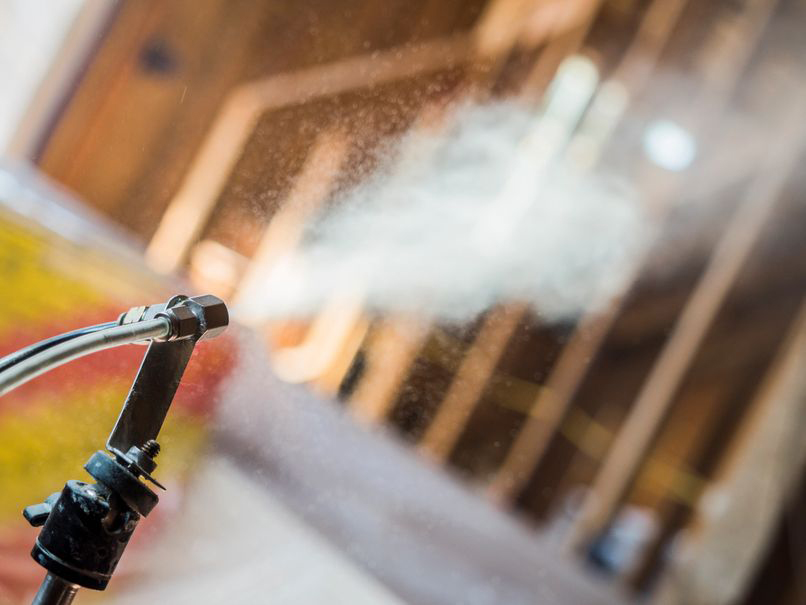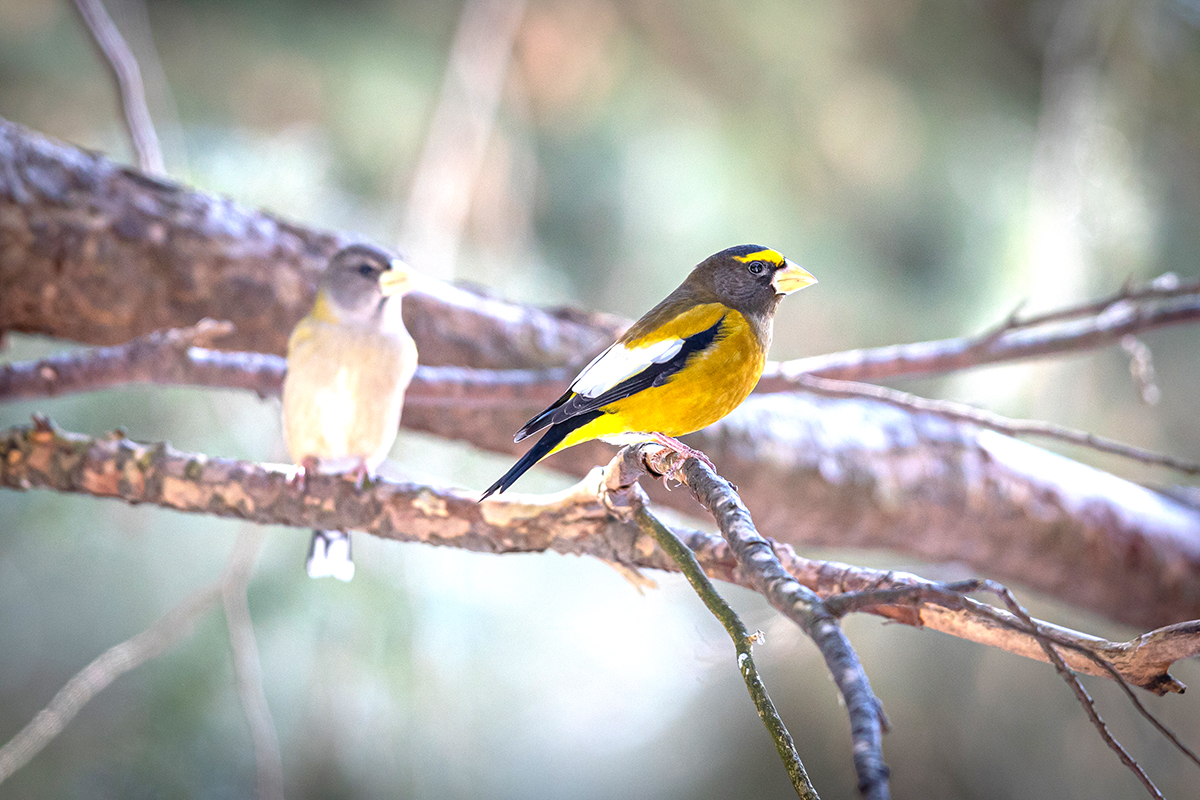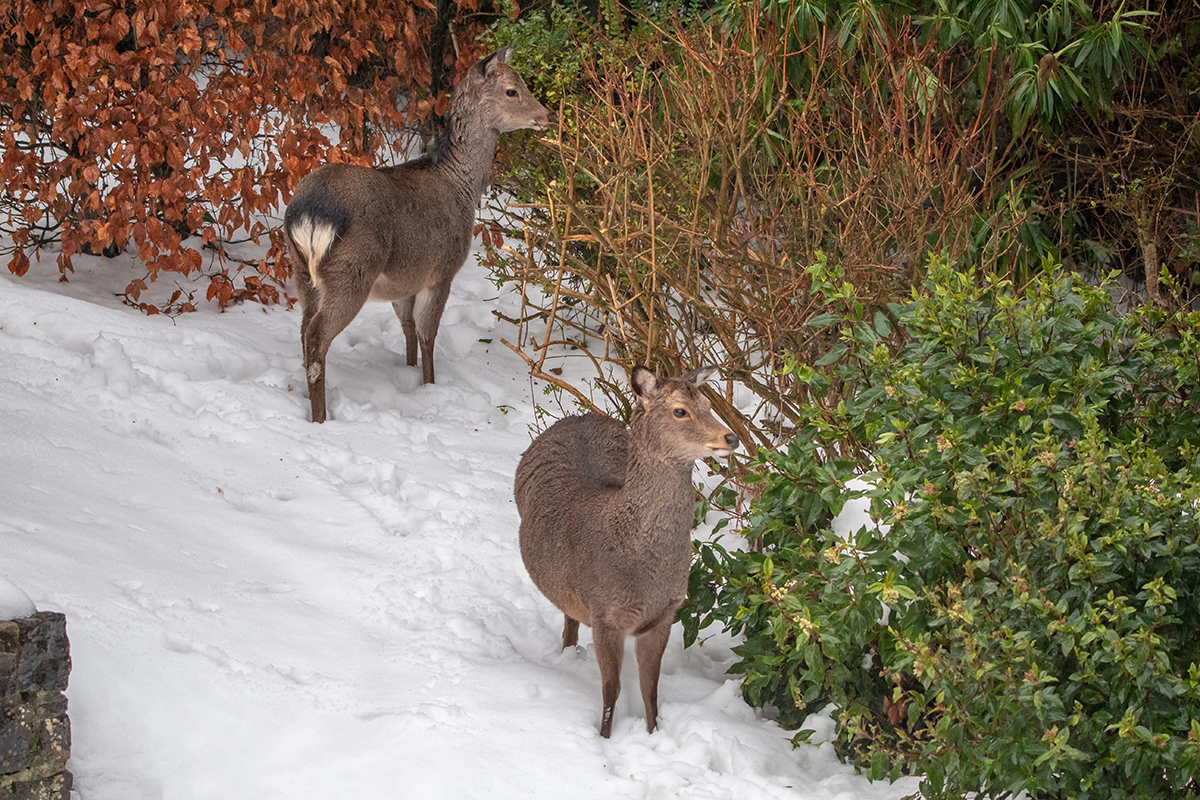WRITER | JULIE FORD
Grow Your Own Color!
Cocktail, whimsical, herb, and sensory are just a few of the playful garden themes gardeners can create from scratch or cleverly work into an existing landscape. Under the radar, the dye garden is typically known only to color experts, homesteaders, and fiber artists. For the artisan interested in “growing” one’s own color, planting a dye garden takes “handmade” to a whole new level.
While natural dyes in food, cosmetics, and clothing are slowly becoming popular, they are not new. Researchers can date the practice of dyeing fibers using natural sources to thousands of years ago when Ancient Rome prized purple dye from sea snails and Mayans created a red dye from crushed dried scale insects. Plants, insects, lichen, and shellfish were the dye sources for centuries, with only royalty and clergy donning the deepest of hues due to the cost.
Closer to home, the wool of the red stripes in Old Glory was dyed using madder root, and indigo was used to dye the wool of the deep blue background of the white cotton stars. Natural dyes were used exclusively until the invention of synthetic dyes in the mid-1850s, and, today, researchers and environmentalists are raising flags against the toxicity of synthetic dyes that routinely use mercury, formaldehyde, copper, sulfur, lead, and arsenic.
To experience the joy of creating one-of-a-kind, hand-dyed projects from your own garden, knowing what to plant, how much to harvest, and the chemistry basics of creating dyeable color requires research, but the results are more than worth the effort!
Plants for a dyer’s garden
Blues – Dyer’s Woad leaves, Elecampane roots, Indigo leaves, Russian Sage flowers
Reds – Dyer’s Woodruff leaves, Madder roots
Yellows – Dyer’s Broom all parts, Dyer’s Chamomile flowers, Marigold flowers
Oranges – Dyer’s Coreopsis all parts, Heather leaves and flower buds, Black-eyed Susan leaves and stems
Browns – Purple Basil plant tops, Coreopsis flowers and stalks
Beiges – Zinnia flowers
While understanding basic chemistry is helpful, it isn’t necessary and can be learned along the way. Using small swatches of wool, cotton, linen, and silk at first, and recording the details of each dyeing attempt in a journal, will help ensure success on larger projects. There are several excellent books that list dye recipes for the ratio of plant material to fiber, the mordant or dye-to-fiber binding agent, amount of water, cooking, and resting times.
Plants with tinctoria in their names are proven dye plants, and neuhsa.org provides a helpful list. Be mindful of collecting only what is needed, use spent material where possible, and avoid poisonous material. The nuisance weed pokeberry, Phytolacca americana, creates a deep magenta but it’s toxic to humans if ingested. It can be used for dyeing non-wearables, but wearing rubber gloves and a face shield while handling is wise. As with all dyeing projects, keep pots and utensils exclusively for dyeing away from those used for cooking.
Once the desired results are obtained with small swatches and dyeing confidence increases, 100-percent cotton socks, onesies, t-shirts, and yardage or skeins of wool can be tried next. Natural dyeing from one’s own garden is a fascinating process; the hues and projects are limitless and perhaps best of all is the great sense of accomplishment in learning the skill of growing your own color.








